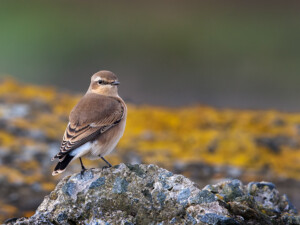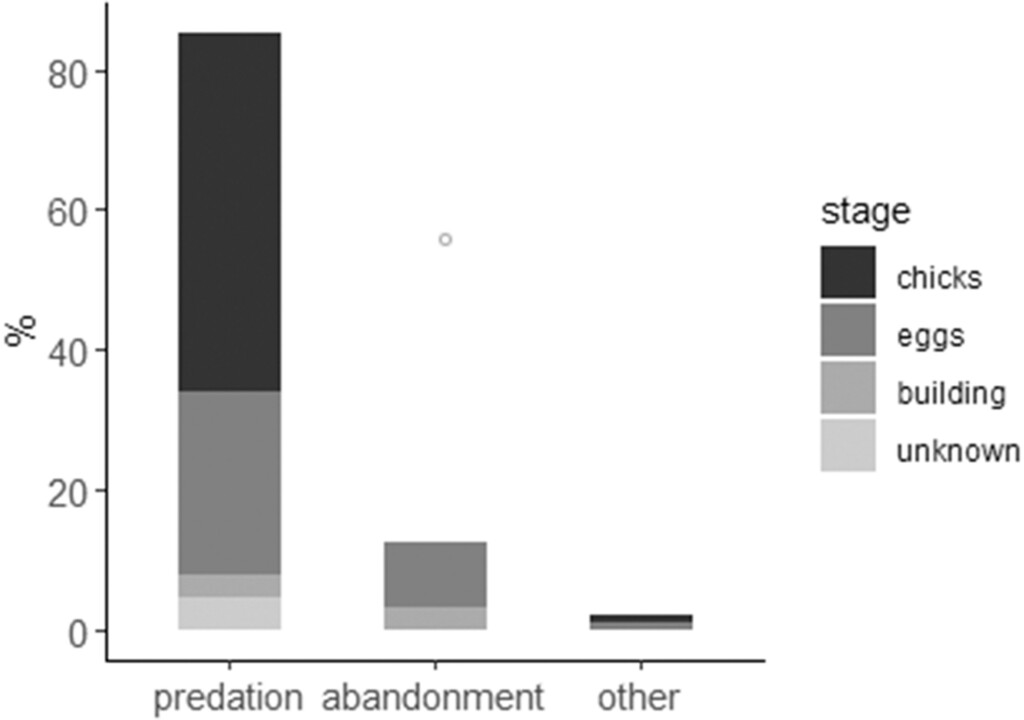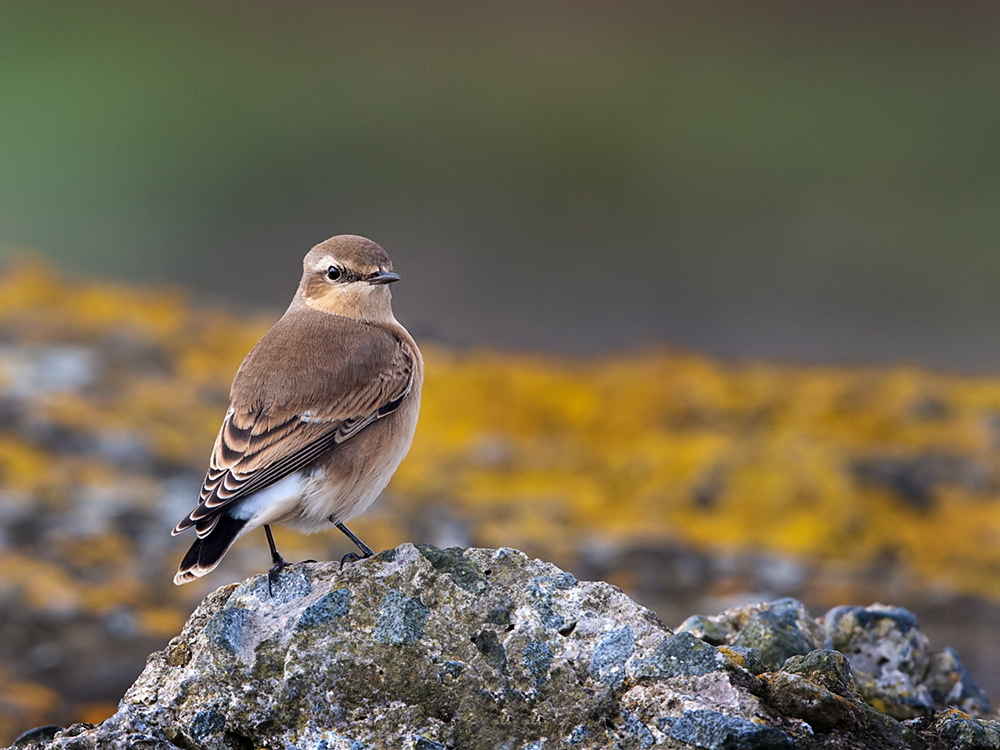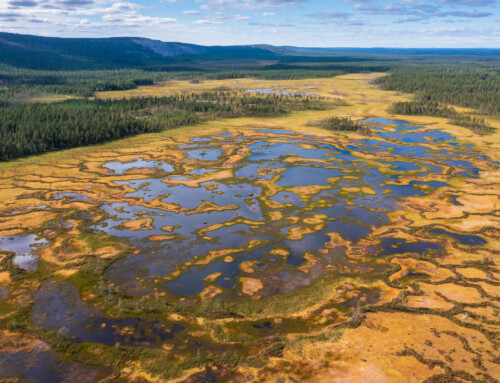
LINKED PAPER
High nest failure but better nestling quality for early breeders in an alpine population of Northern Wheatear (Oenanthe oenanthe). Sander, M. M., Jähnig, S., Lisovski, S., Mermillon, C., Alba, R., Rosselli, D., & Chamberlain, D. 2023. IBIS. DOI: 10.1111/ibi.13133. VIEW
On the open grasslands of the Western Italian Alps, Northern Wheatears (Oenanthe oenanthe) are faced with a difficult dilemma: breed early or late? Each strategy comes with its own benefits and drawbacks. In a recent Ibis-study, Martha Maria Sander and her colleagues tried to gain more insights into this trade-off by analysing data collected between 2016 and 2021. They followed the fate of numerous nests, keeping track of nest survival and the body condition of the nestlings. What is the optimal breeding strategy?
Risks and opportunities
Breeding early ensures that the hatching of the chicks coincides with a peak in food abundance (Both et al. 2010). However, this strategy comes with a high risk of nest failure due to low spring temperatures and adverse weather conditions (Marcelino et al. 2020). In addition, predation rates are higher because the low vegetation does not provide sufficient concealment (MacDonald et al. 2016). Indeed, the majority of the failed nests were predated (85%). What about late breeders? Northern Wheatears that reproduced later in the season had higher nest survival, but the body condition of the nestlings was lower because they missed the peak in food abundance. The researchers found that nestling mass was 6% lower in late broods. Also not an ideal breeding strategy.

Figure 1.Causes of nest failure in Northern Wheatears, monitored in the Western Italian Alps during 2016 to 2021.
Climate change
There does not seem to be an optimal breeding strategy. Breeding early or late comes with its own benefits and drawbacks. And the situation is complicated by climate change, probably leading to earlier springs and potential mismatches with the peak in food resources (Ferrarini et al. 2017, Visser et al. 2012). Or maybe not. The researchers indicate that the trade-off might actually facilitate adaptation to climate change: “Low nest survival could be compensated for by heavier nestlings early in the season, and thus higher fledgling survival probabilities may buffer negative effects of low nest survival on reproductive output.” The trade-off might thus become an opportunity.
References
Both, C., Van Turnhout, C.A.M., Bijlsma, R.G., Siepel, H., Van Strien, A.J. & Foppen, R.P.B. (2010). Avian population consequences of climate change are most severe for long-distance migrants in seasonal habitats. Proceedings of the Royal Society B 277: 1259–1266. VIEW
Ferrarini, A., Alatalo, J.M. & Gustin, M. (2017). Climate change will seriously impact bird species dwelling above the treeline: A prospective study for the Italian Alps. Science of the Total Environment 590–591: 686–694. VIEW
MacDonald, E.C., Camfield, A.F., Martin, M., Wilson, S. & Martin, K. (2016). Nest-site selection and consequences for nest survival among three sympatric songbirds in an alpine environment. Journal of Ornithology 157: 393–405. VIEW
Marcelino, J., Silva, J.P., Gameiro, J., Silva, A., Rego, F.C., Moreira, F. & Catry, I. (2020). Extreme events are more likely to affect the breeding success of lesser kestrels than average climate change. Scientific Reports 10: 7207. VIEW
Visser, M.E., te Marvelde, L. & Lof, M.E. (2012). Adaptive phenological mismatches of birds and their food in a warming world. Journal of Ornithology 153: 75–84. VIEW
Image credits
Top right: Northern Wheatear (Oenanthe oenanthe) | Mark Medcalf | CC BY-SA 2.0 Wikimedia Commons
Blog posts express the views of the individual author(s) and not those of the BOU.
If you want to write about your research in #theBOUblog, then please see here





